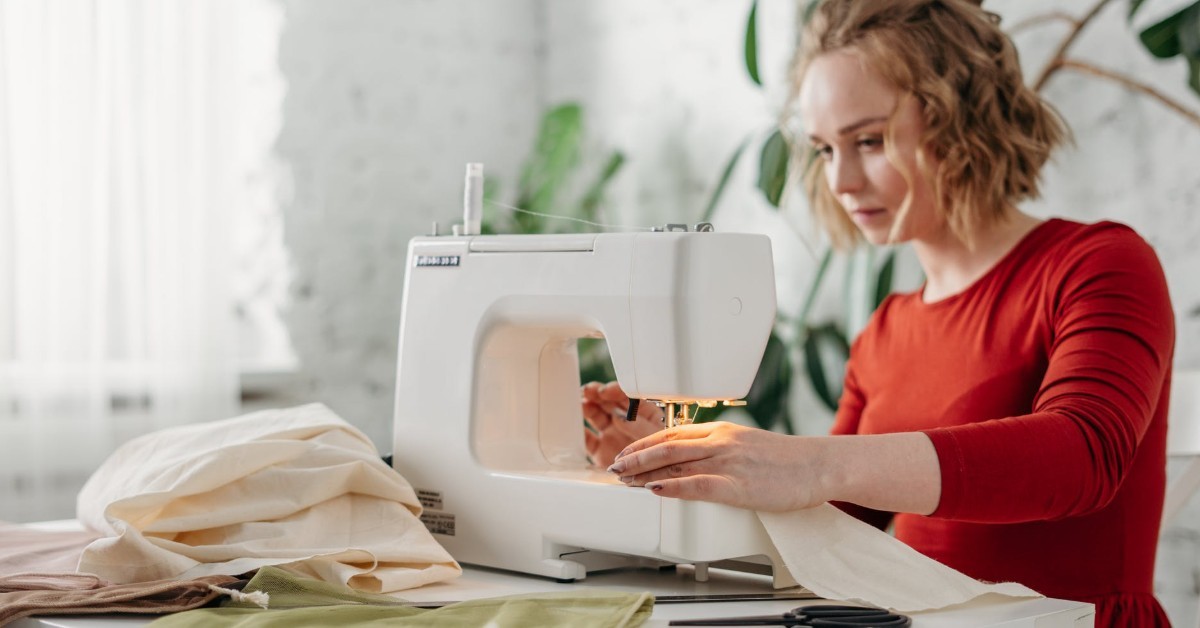
Sewing experts are seamstresses or seamsters since men may work in the fashion industry. They alter and mend clothing and design and produce new pieces.
As a seamstress, people will come to you with ill-fitting skirts, broken jackets, unstitched zippers, or tight trousers. Some people may bring cloth and elaborate designs for a pant suit or new curtains. Aside from sewing and stitching, customer service will be a vital aspect of your job. Customers will return to you if you listen to them and address their problems.
You should be familiar with materials and numerous stitching and sewing techniques. Sewing, ironing, and pressing machines will be utilised. Working fast and with attention to detail will be beneficial.
Responsibilities
Throughout your apprenticeship, you may help:
- meet with a client to discuss their needs
- take measurements
- cost the work
- fit the garment and make any adjustments to suit the client.
Salary
- Starting salaries for an apprentice is £13,000 per year.
- Experienced seamstresses can earn up to £23,000 per year.
Working hours
You will typically work 36 to 38 hours per week.
Working environment
You could work in a workshop or from home.
Qualifications
Qualifications you can achieve as an seamstress actuary include:
- Level 3 Garment Maker – Entry requirements for this level include 5 GCSEs at grades 9 to 4 (A* to C), or equivalent, including English and maths, for an advanced apprenticeship. This qualification takes 18 months to complete.
Skills
On a seamstress apprenticeship, you’ll learn:
- customer service skills
- to be thorough and pay attention to detail
- the ability to work well with others
- the ability to work well with your hands
- the ability to accept criticism and work well under pressure
- the ability to organise your time and workload
- patience and the ability to remain calm in stressful situations
- the ability to measure and mark up accurately
- to be able to carry out basic tasks on a computer or hand-held device.
Career path and progression
With time and expertise, you can rise to a management position, work in a similar fashion or textile-buying industry, or become self-employed.
You might specialise in creating or altering specific ensembles, such as children’s clothing, dance costumes, or wedding dresses.
You might also work in stage, television, and film costume design.
